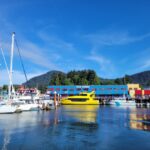There are so many “aha” moments during the process of designing, building, assessing and re-designing. Over this past year we have done quite a bit of ADST in our classes and practicum. I also started to notice how ADST is apart of our every day life when we encounter our household items broken, technology malfunctioning and when we are out in nature and ADST is also being applied in our surroundings.
In my second practicum I had the students do a marble run STEM activity for an ADST afternoon activity. Students used shoe boxes, straws, marbles, bottle caps, toilet paper tubes and tape. They worked in partners and it was amazing to see teamwork, communication and assessment within the groups. I observed groups coming up with a design, testing it out and adjusting the marble run many times until they were able to have the marbles run smoothly down their maze run. Some did not work, however, it was the conversations that I was assessing. Students ability to question what part of the marble run was having issues, what needed to be adjusted and would material could help fix the problem.
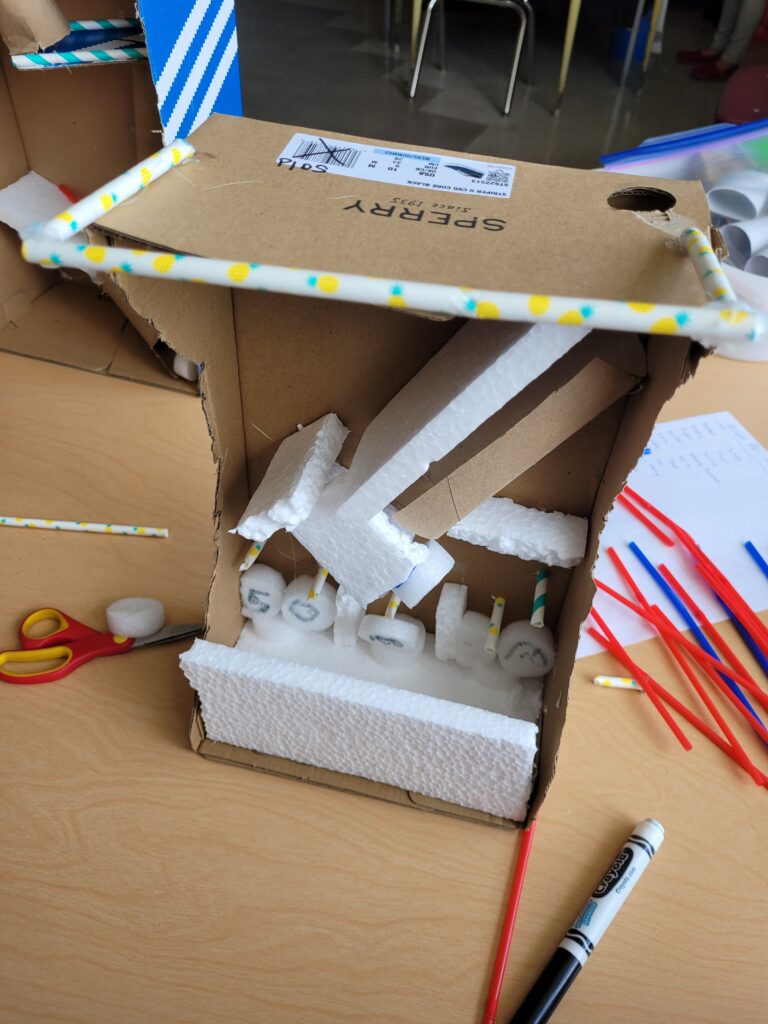
My project is another big ADST aha moment for me this year. I had many moments of inspiration when I was learning how to use new drilling tools. It felt empowering because at first looking at them and hearing how loud they were was intimidating. However, I wanted to feel proud of being able to cut all my wooden pieces myself so once I practiced with the jigsaw drill I was able to understand the technique of how to use it. It took a lot of tries because I noticed that as I started to cut my pieces, towards the end my cuts were a lot smoother and faster than when I first started. I assessed that some of the pieces were a little sharp on the sides and corners so I used sand paper to smooth out those parts. There was a lot of research that went into this project as I watched many videos on how to use epoxy resin properly and which type of material to buy to mix the resin as well as the types of techniques to use while working with this chemical material. When I was doing the corner pieces and attempting the beach resin work, it was challenging as I had to be quick with the hairdryer blowing and I noticed that when I did a little too much the resin started to spill onto the river pieces, the colors were different so I had to scoop up the access resin with a wooden popsicle stick. So I decided to try and use the resin tape between the river part and the corners pieces, however some parts would not stick because the resin from the river was already high enough. Due to this, I had to just apply very little resin to the side parts closest to the river edges. It was a lot of applying and assessing and then adjusting as I went. I learned a lot and the next time I work with resin I will be able to made adjustments prior to.
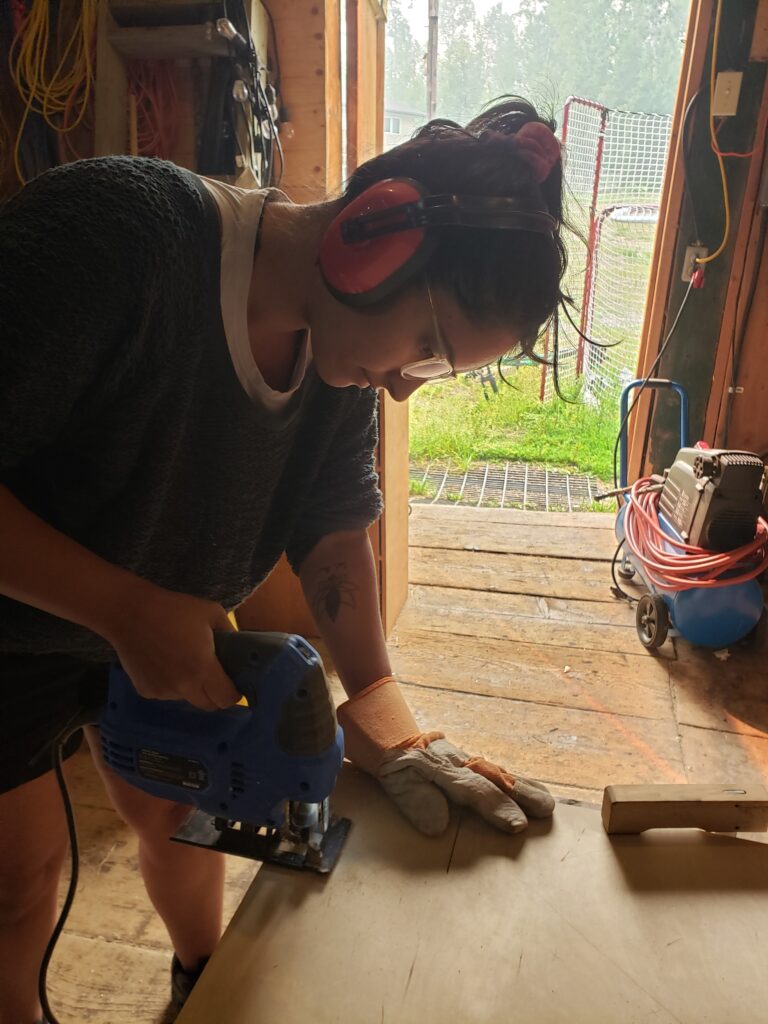
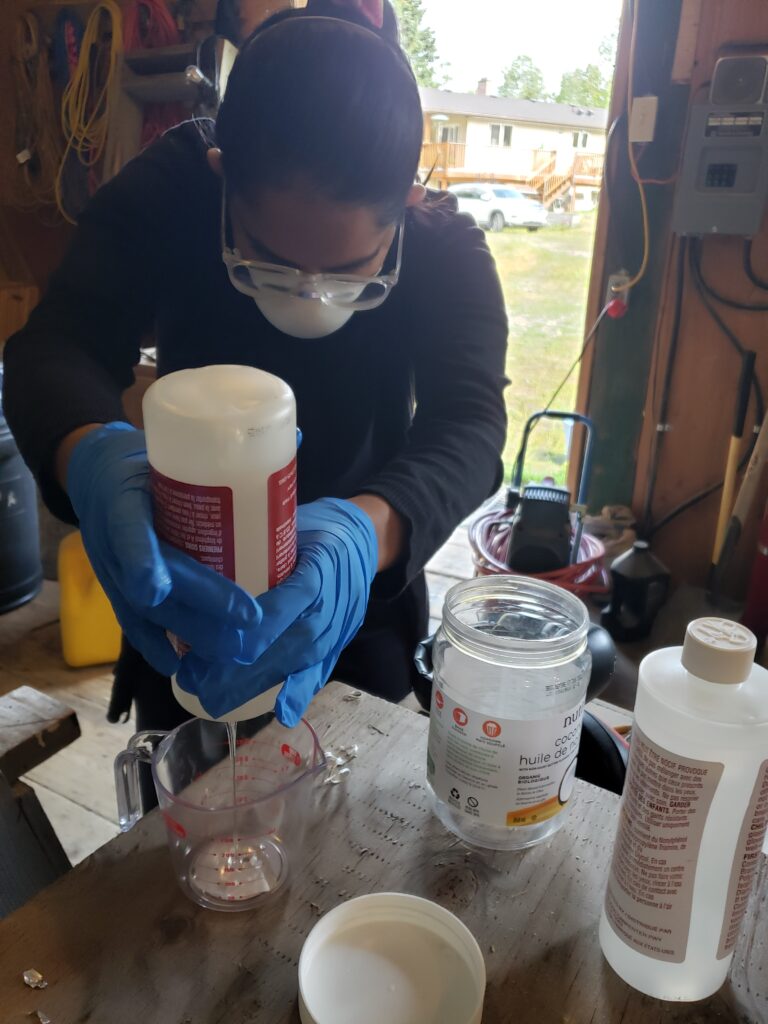
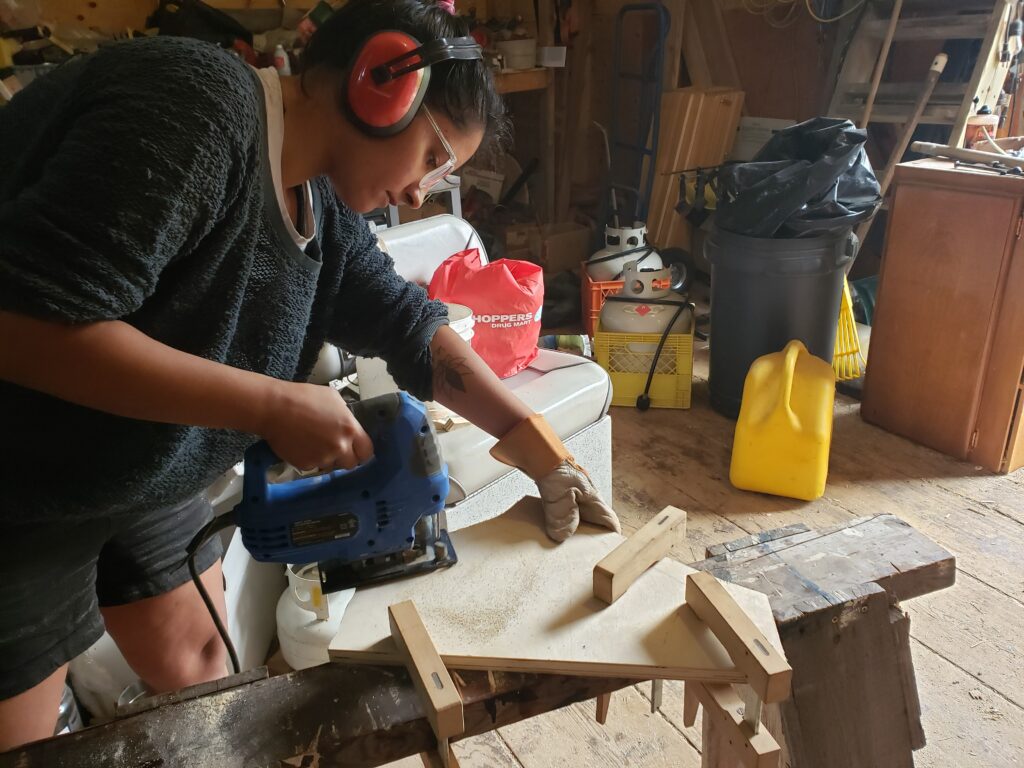
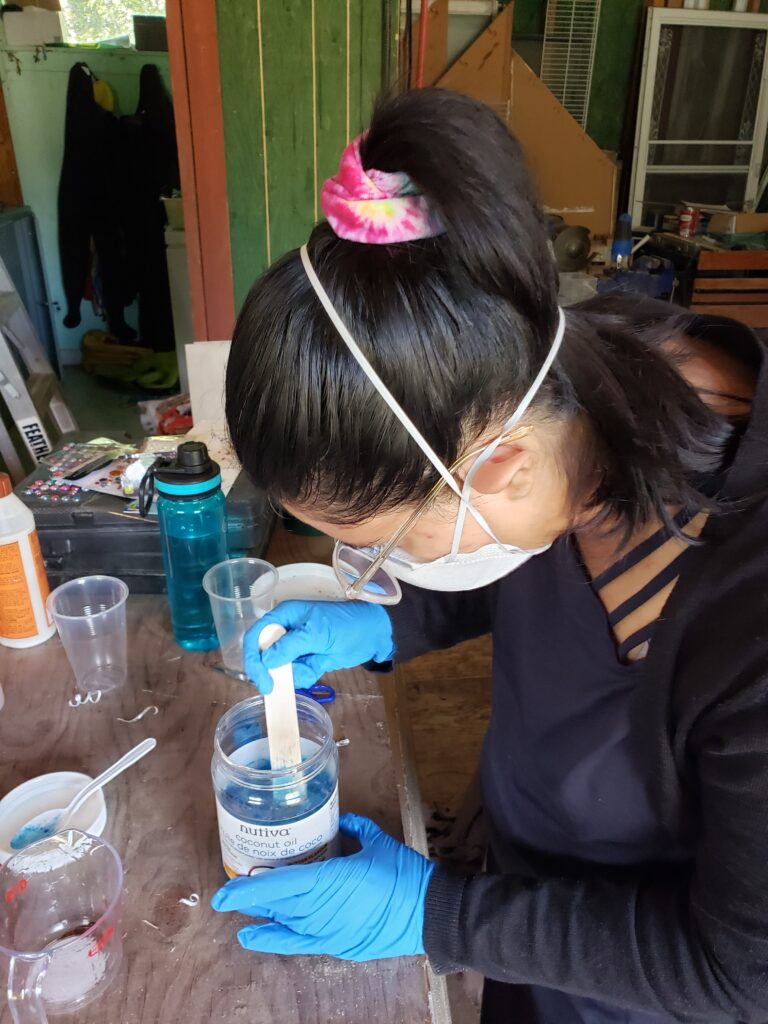
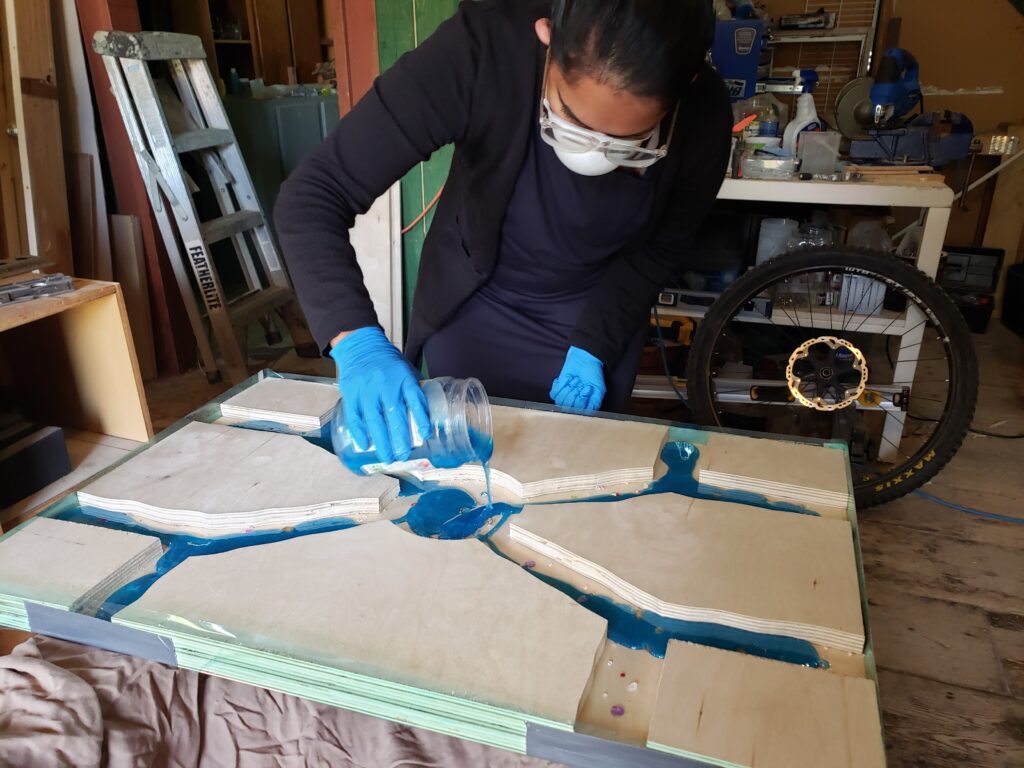
While Taryn and I were camping the at the Barkerville campsite. We encountered a situation with our tent where one of the tent poles was snapped in half right at the top of the tent where it was supposed to be positioned. We had a challenging time trying to fix the sticks that we attached to it as we noticed that as we positioned the pole to the top part, it started to snap and unravel. We took it apart and added another stick and more tape string that we found on the trees nearby. It seemed strong and durable. This in the moment ADST consisted of using material around our surroundings and assessing the poles ability to stand up right on the top. We had to adjust the stick support right where the crack was in the pole. Using the string and sticks we tried to connect the two snapped pieces together.





